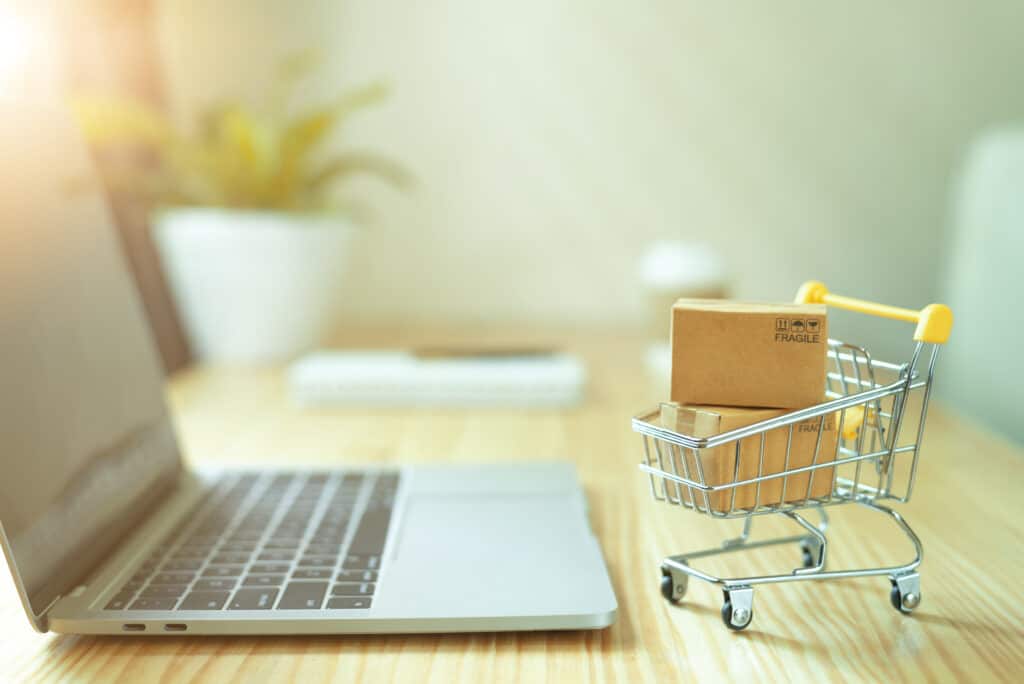Logistics. It’s that infrastructure necessary in any business meant to ensure a smooth journey from start to finish, ending in customer satisfaction. Logistical systems are an important chain of command that includes suppliers and manufacturers, fulfillment centers or warehouses, distribution hubs, sorting facilities and carriers.
Not only are logistics the backbone of e-commerce, we at Fulex recognize that it’s an art. As soon as you think you get the sequencing down something puts a kink in the supply chain. It could be the lag time in shipping due to a distributor having inadequate stock levels or a fulfillment center incapable of completing orders during online peak traffic times.
Or e-commerce logistics could be sabotaged by a virus pandemic!
No matter the reason, these changes negatively impact the management flow of operations so when they do occur your business better be ready to adapt to the circumstances. In the end your bottom line is interwoven with the fact that customers just don’t like to wait.
So don’t make them. While a side-effect of the spread of COVID-19 has thrown a fast one in the direction of brick and mortar retail stores, it’s also expanded the opportunity for more online sales. That’s because social distancing simply doesn’t exist within the world-wide web.
HOW ECOMMERCE LOGISTICS WORKS:
E-commerce logistics involves the storing and shipping of inventory for a virtual marketplace or online store. The process is critical to the success of your business and includes inventory management, warehousing and storage and order fulfillment.
An effective logistics infrastructure can save you money up front and in the long term, which means the savings can potentially pass onto consumers.
BENEFITS FROM CART TO CUSTOMER:
Increased customer satisfaction – It probably goes without saying, but anything that increases efficiency (other than poor quality) and gets your product to the consumer in a shorter amount of time is going to make the consumer do a happy dance.
Greater visibility – A well-oiled machine has more potential to increase product visibility within the market. This can be achieved by keeping your business to a higher standard, maintaining best practices by testing logistics and fine-tuning it as necessary along the way.
Communication – Like in any successful relationship, communication is key. Never miss an opportunity to be up front with customers about what’s going on if it’s going to impact a purchase and ultimately their experience. Testimonials can make or break you.
How do you stand out right now among your peers? Below are the 5 biggest trends in e-commerce logistics that will help you swim while competitors are sinking.
Consumers want faster delivery times. They want it all and they want it NOW! From expedited to same-day shipping, better delivery times equates to more sales, which can be achieved with a third-party logistics (3PL) partner like Fulex. By cutting out the middleman you have the ability to store inventory in a fulfillment center rather than your own warehouse, while bulk discounts reduce delivery times and associated shipping costs.
“Last mile logistics” means optimizing transport along the final leg of the product’s journey to the consumer. Doing this enables your business to have a competitive advantage over rivals, ensures your product is trackable and gives peace of mind to the consumer along the way.
Get creative with ecommerce logistics. During these uncertain times the business most likely to succeed are the ones that think outside the box and take calculated risks. Test new ideas by creating audacious advertisements or augmenting the way you sell to your market.
Investing in the latest technology and software can provide valuable reporting and insight into your business and increase greater overall delivery performance. While SaaS software, which gives great security and protection for e-commerce businesses is most popular today, you will see a widespread shift to something called “cloud computing”, which offers more flexibility in scaling and a greater cost savings. In addition, applying artificial intelligence (AI) or other machine-learning technology can recognize gestures in lieu of keyboard strokes and eliminate redundancies or cumbersome tasks related to the logistics of product shipment.
Another trend includes blockchain and smart contracts. The cryptocurrency Bitcoin is an example of blockchain technology. In other words it’s a digital ledger that stores public transactions in databases with the purpose of tracking things like sales. Smart contracts, also known as digital contracts, were developed in association with cryptocurrencies and set up to automatically execute themselves more quickly, without verification and greater transparency than traditional contracts.

